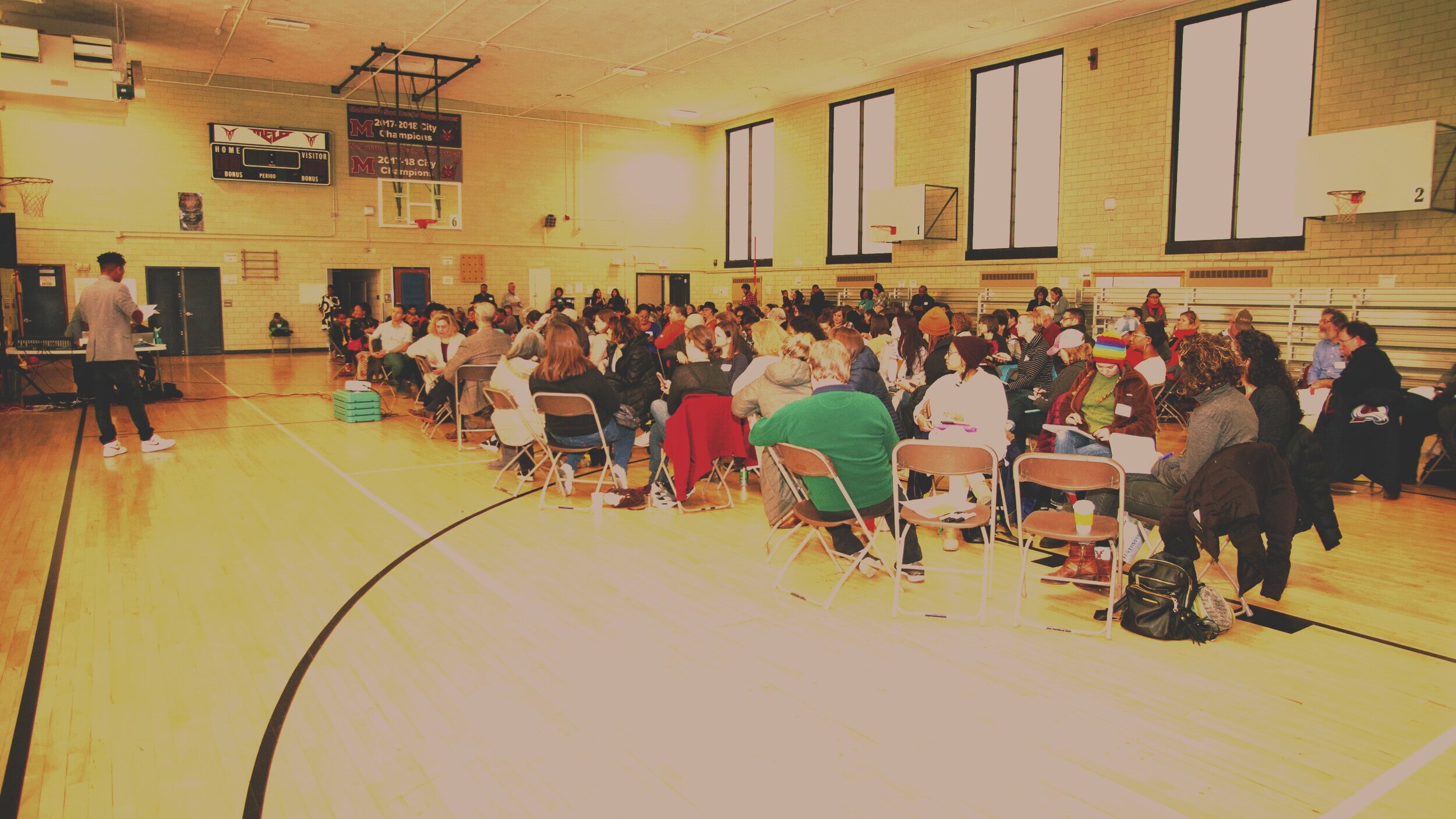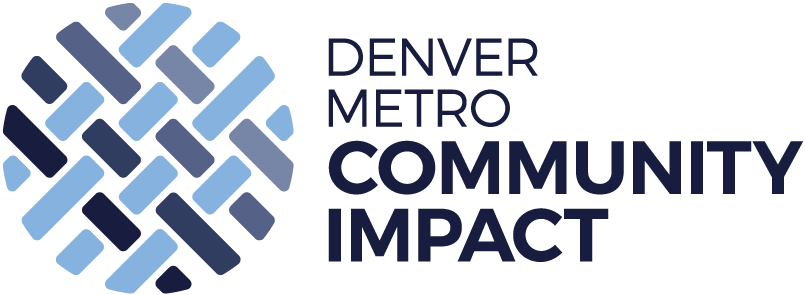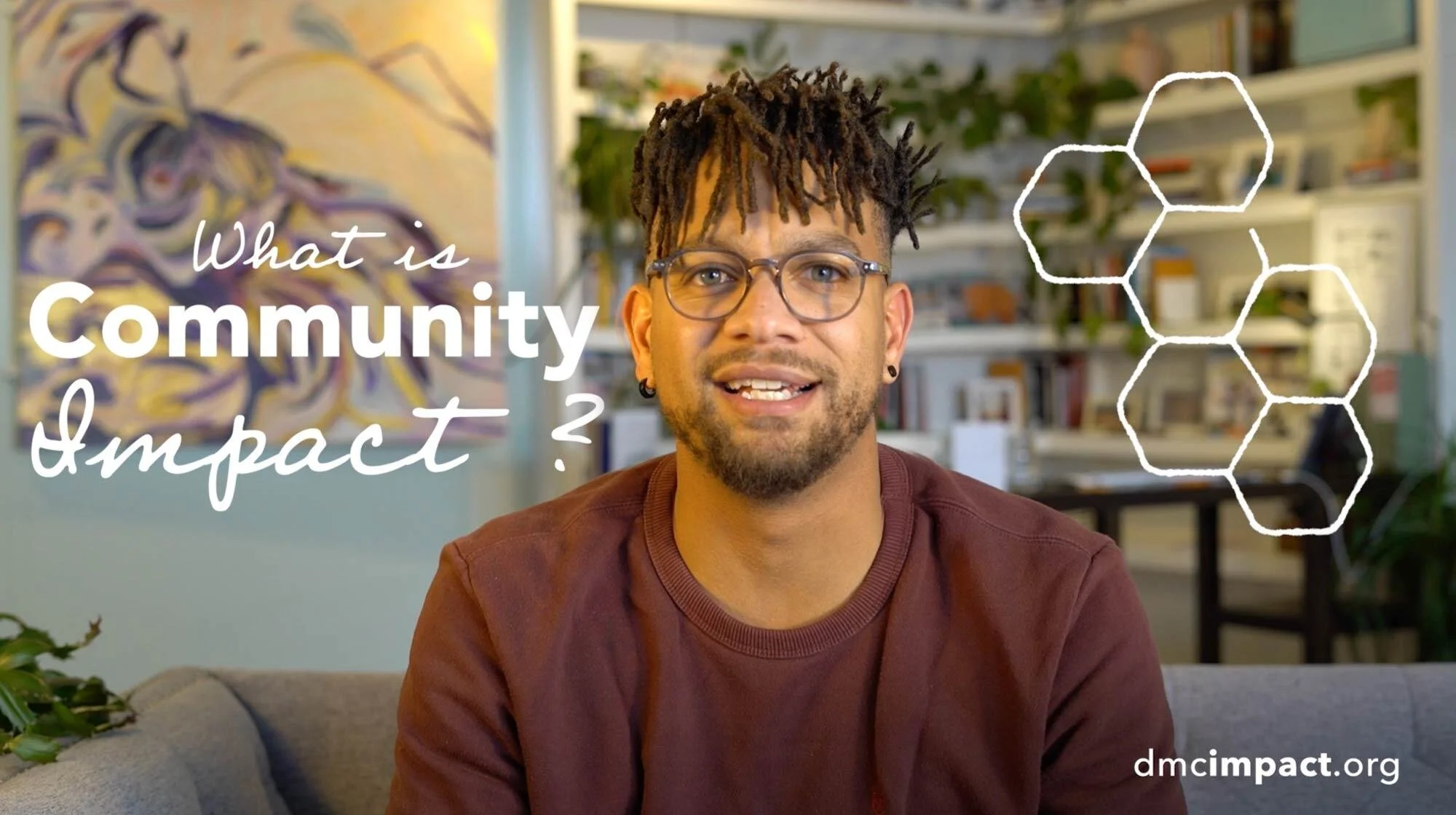
What is Community Impact?
Watch our video explaining Community Impact and DMCI’s role in facilitating it.
Mission
We collect community data and conversations to inform solutions that reduce displacement and ensure neighborhood projects are guided by the voices and priorities of residents, families, and children in the Denver Metro area.
Vision
Equitable Denver neighborhoods where families stay, thrive, and build resilient communities.
We elevate community voice and lived experience to shape local solutions that prevent displacement, deepen belonging, and build long-term neighborhood stability. Grounded in the Social Determinants of Health, particularly Neighborhood and Built Environment and Social and Community Context, our work focuses on the conditions that influence where people live, the strength of their community ties, and their ability to stay rooted. By centering authentic relationships, shared leadership, and resident-led data, we reimagine what is possible when those most impacted by systemic inequities lead the way in building stronger, healthier communities.

What we do
As a convener and facilitator of community and an organizational network, Denver Metro Community Impact (DMCI) represents a medium to understand neighborhood interests, the world of philanthropy, government, and any other entity seeking to work for and with the community. We hold an impactful position in mobilizing the funding of philanthropy directly to the community's needs by fortifying the voice with data while making a case for investment in systemic change. To that end, DMCI is a professional code-switching organization.
DMCI puts community voice first. Our Community Impact Workflow has been developed from the best practices of the Collective Impact Framework but also the best practices of community organizing. Starting with the community voice in mind, we seek leaders who have a knack for building relationships, listening to stories, and advocating for their neighbors. We discover shared interests, issues impacting equity, and the desire for action and change through these leaders. After identifying this, we start the Collective Impact work by fortifying the community's voice with data, continuing communication with the leaders, and inviting appropriate organizational partners to brainstorm collaborative action while seeking continuous community feedback along the way. As a result, advocacy, solutions, and change are delivered to the community, by the community and our partners.
DMCI’s Community Impact Workflow [click image to enlarge]
The Community Impact Model
-

Community Voice
We are directed by the community’s voice through its established leaders and organizers
Everything begins with the community's voice. In this phase, DMCI listens by partnering with community organizers and leaders to establish a qualitative dataset from intentionally small community dialogues. DMCI then pairs supportive quantitative data with the community's voice to further strengthen the response to its desires, concerns, and sentiment. The product of this work culminates in what we refer to as a Community Voice Report, published for reporting back to the community and sparking Community Action.
-

Community Action
We facilitate collective action to shape social change
During the action phase, DMCI utilizes the Collective Impact Framework to bring people together to collaborate in a structured way to achieve social change as directed by the Community Voice. We gather the right partners to work with the community to build solutions. Together, we establish shared measurement practices to determine the look and feel of continuous improvement success. Throughout, DMCI continuously fosters mutually reinforcing activities and encourages ongoing communication between its partners and the community.
-

Community Leadership
We lead as a backbone organization utilizing the Collective Impact Framework
Community Leadership is the primary function of a Collective Impact Backbone organization like DMCI. For successful Community Voice and Action, we lead collaborative processes focused on systemic change through the execution of seven activities: 1) Cultivate Community Engagement & Ownership. 2) Guide vision and strategy. 3) Support aligned activities. 4) Establish shared measurement practices. 5) Build public will. 6) Advance policy. 7) Mobilize funding.




